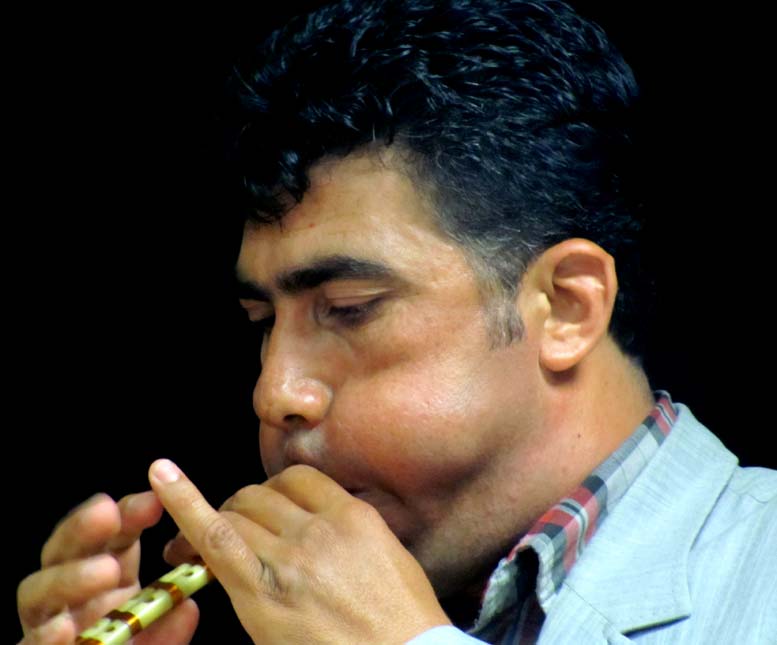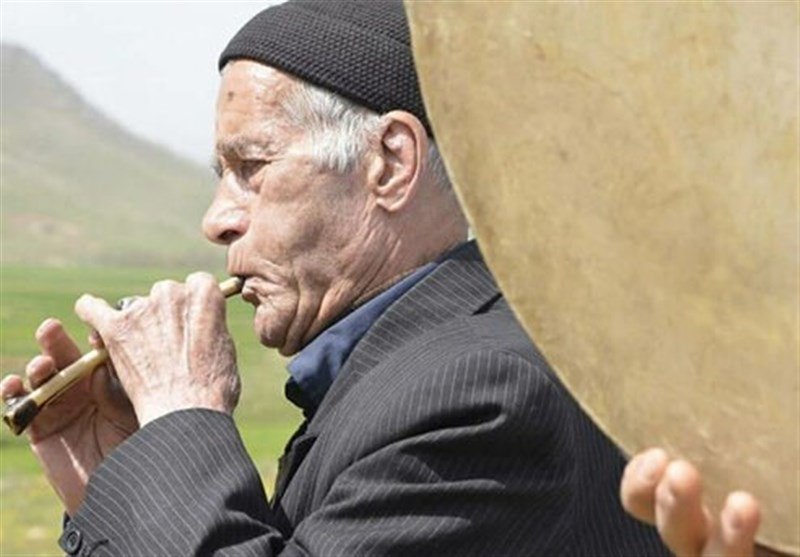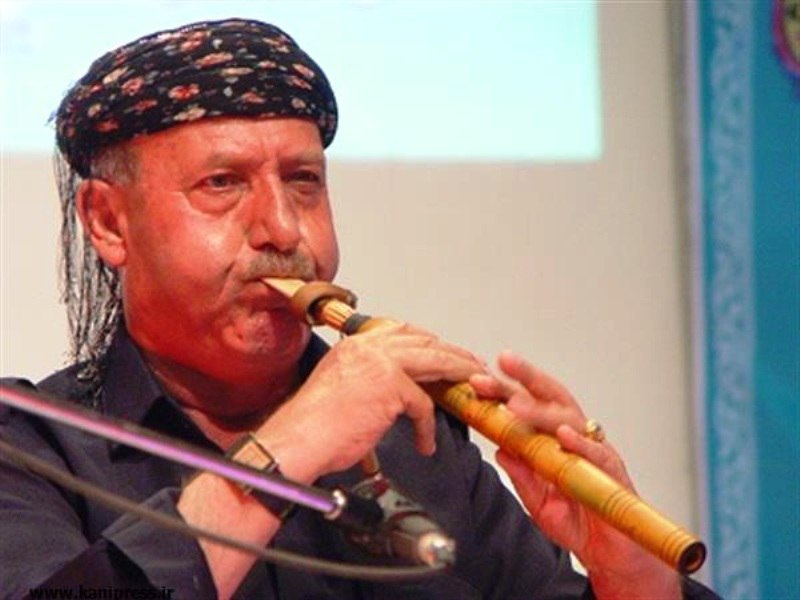The Dozaleh is also called Donay, Diani, and Doahang, and in the Kurdish regions, it is called the Dozaleh, because it is made from the stem of the Zale plant, which is similar to reed.
The Dozaleh’s history
In the historical works in ancient Iran, an image of an Assyrian musician has remained, playing the Donay similar to the Egyptian and Greek Donay.
Furthermore, next to the tomb of one of the pharaohs of the ancient Egypt, two female musicians from the 18th century BC, one of whom is playing the Donay, can be seen on the silver cups left from the Sassanid era, in a carving called “Organ”. It is played like Ney-anbān. The Dozaleh is an instrument that has six holes made on the pipes and are placed together along the length of both pipes.
The bottom of both pipes should be open. It is made in different lengths from about 22 centimeters and a diameter of 2 centimeters.
The Dozaleh is also called Donay, Diani, and Doahang, and in the Kurdish regions, it is called the Dozaleh, because it is made from the stem of the Zale plant, which is similar to reed.
The instrument consists of two parallel and connected tubes, which are made of copper. Some other Dozaleh instruments are made with feathers of the Eurasian griffon vulture or of birds’ quills.
The playing technique of the Dozaleh:
The tongues of the Dozaleh are placed in the mouth in a way that almost all of their length is placed in the mouth chamber and it is played with the fingers of both hands.
Each finger must simultaneously close or open a row of holes in both vocal tubes, and in this way, these two tubes sound in unison. In playing the Dozaleh, the technique of breathing is used, and as a result, its sound will be continuous and without any pause. The conventional operating limits in this device are as follows. Here, the sound of “B” is a hypothetical sound, and the other sounds are also variable with the change of air pressure and the complete or incomplete capture of the holes.
Cases and type of using Dozaleh:
The Dozaleh is played along with the Tombak or the Daf in wedding ceremonies and celebrations.
The range of the instrument is about two octaves, depending on the size of the instrument, it is placed in a different sound field. Dozaleh is a common instrument among the nomads of Iran and in some regions of Iran it is called Jofti or Jofte.
The instrument is also known as Doney (in Baluchestan), Donay, Jofti, Doahang, Dozaleh (in Hormozgan, Kordestan, Kermanshah and Ilam) and the Qoshmeh (in Khorassan).
Famous Dozaleh musicians
In the Kermanshah Province, the Songhor and Keliaei regions are the cradles of wind instrument players such as the Dozaleh, the Sorna and the duduk. The late Master Amanollah Taheri was one of the pioneers of playing the Dozaleh in the region.
People living all over the Kordestan, Kermanshah, Lorestan and Ilam Provinces know Master Taheri and remember the artist with the magical sound of the instrument. In teaching the instrument, besides his two children named Yazdan and Rasoul, most of the Dozaleh musicians in Songhor and Keliaei have been directly or indirectly his students.
Different types of Iranian instruments
Stringed instruments: The divan, the tar, the setar, the oud, the tanbur, the komuz, the rubab, the qanun, the harp…
Wind instruments: the duduk, the flute, the reed, the quarter tone clarinet, the Ney-anbān, the karnay, the balaban, the Dozaleh, the sonar, the nafir, the Doniyeh, the shemshal, the Qoshmeh.
Percussion instruments: The Daf, the drum, the tombak, the naqareh, the cymbal, and tas.


